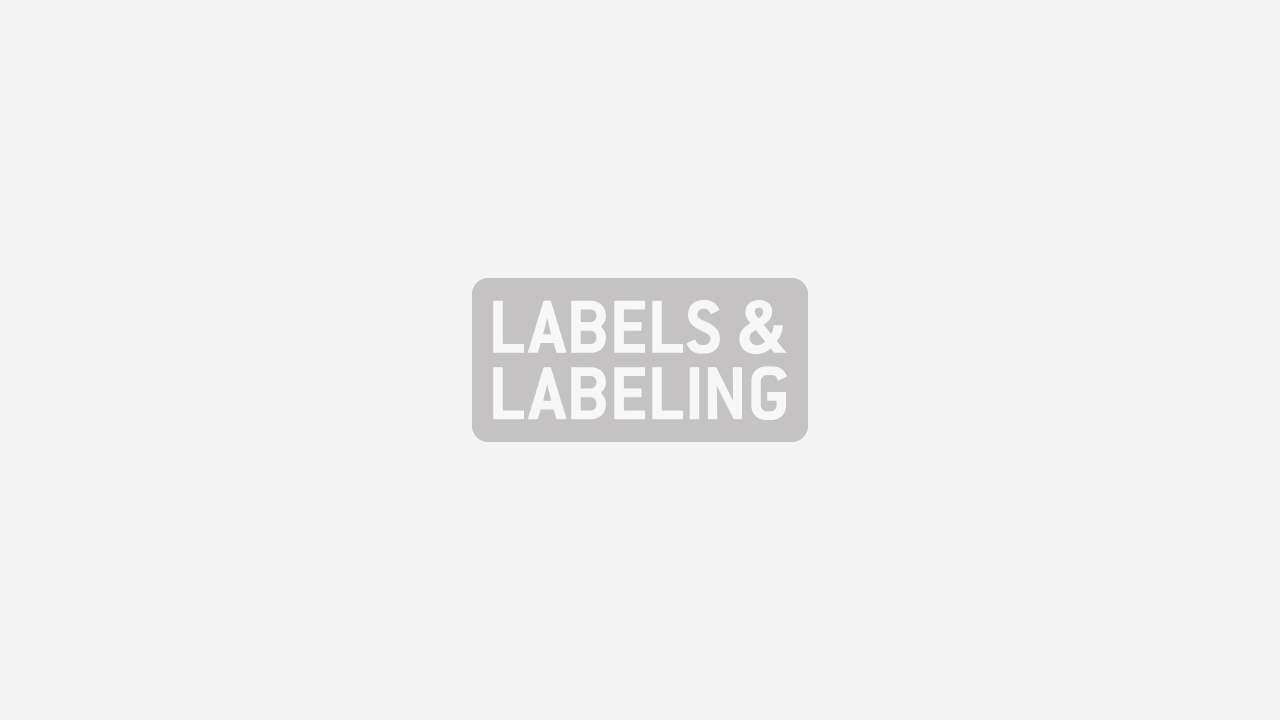How New Demographics Impact Frozen Food Packaging

Changing demographics are having an impact on the growth of the frozen and refrigerated food packaging sectors, with smaller families, an ageing population, and a greater number of households occupied by single and separated people resulting in a demand for smaller portions and convenient easy-to-open packaging.
This poses new challenges for graphic designers and food packaging technologists, because, unlike most other forms of packaging, frozen and refrigerated food is not displayed at eye-level but in chest freezer or vertical cabinet, both of which limit viewing. In a recent survey, consumers, it appears, still have reservations regarding the nutritional value, texture, and aesthetic appeal of certain frozen foods, particularly vegetables, which (apart from frozen chips/french fries) are often purchased only as a back-up by the unadventurous when specific fresh vegetables are seasonally unavailable, or when the consumer doesn’t have the time to shop.
For these reasons, packaging producers and marketers operating in this sector have to be innovative to prevent stagnation in sales.
To ensure proper refrigeration, frozen products are often stacked in a way that the brand name and other forms of product information are partly obscured, which the packaging designer, marketer and supply chain provider must take into account. Packaging providers also have to contend with a variety of physical drawbacks to freezers such as shelf dividers, baskets and shelf lips. While these design storage elements cannot always be avoided or overcome, good packaging design and prototyping prior to product launch, minimizes display difficulties.
New inks and improved films have made it possible to print more complex and more attractive graphics; polyethylene as a material is popular for its ability to resist tears and its crack resistant properties; laminates of various filmic and other materials is also a good choice in that the laminate preserves the integrity of the graphics, much of which is printed flexo. Laminates are selected according to need, for instance: nylon does not print well and is also expensive, but it does wear well when used as an outer layer. Oriented polypropylene prints well but is less resistant to scuffs and knocks. Laminates are employed often in ‘pillow’ bag applications when products need to retain their shape and not sag. Cartons and formed trays with laminate overlays prevent the packaging from degrading, again, a carefully selected laminate preserves color and graphic design integrity.
Frozen food sales growth, until recently, has been less than spectacular year on year, especially when price discounting, and ‘buy-one-get-one-free’ promotions are taken into account. Nevertheless, sales are growing, notably in areas where there is a degree of crossover, such as in bakery and cake items. Products such as frozen croissants, choc-o’-pain, ready-to-bake rolls, and Danish pastries have proved popular, providing not only novelty value but consumer convenience as well. Other areas showing promise are the value–added items such as desserts and those that cater for specific dietary needs or lifestyle choices, products for vegetarians and for children.
The industry is developing different films to offer improved mechanical and barrier properties combined with good print and convertibility that give packaging a combination of eye-appeal and functionality. To aid the substrate producer, consumable provider, and printer in their endeavors to produce fail-free products to a high standard, time after time, test, monitoring, and product development tools are generally regarded as indispensible. RK Print Coat Instruments Rotary Koater and bespoke VCM print/coat/laminate systems enable product developers, converters and other supply chain members to monitor product quality, conduct pilot runs, and even undertake small-scale production, under precisely controlled conditions. Users can choose more than 15 different print head and coating technologies, while drying options include hot air, infrared, and UV curing.
The Rotary Koater is especially useful when the user is faced with daily changing print and coating needs. The VCM on the other hand is a state-of-the art system built to customers’ specific and known production requirement. Another option, for those who need to meet the high quality flexo color and design requirements is the FlexiProof 100 or FlexiProof UV variant.
Used by packaging printers, label converters, ink producers, paper, film and foil suppliers, component producers and many others, the FlexiProof is functionally identical in every way to a full sized production flexo press, yet weighs just 45kg and occupies a bench top space of just 55cm x 45cm. Whether sited in a laboratory, in a dedicated pre-press environment, next to the press or anywhere else, the FlexiProof 100 and FlexiProof UV saves on press waste by enabling functions such as color matching, pilot runs, and R&D to be undertaken off-press.
PLC controlled and equipped with quick-change ceramic or steel anilox and swing-in doctor blade, the FlexiProof offers multi-tasking capability. Operating at speeds of up to 100 m/min the FlexiProof can be used with any flexible substrate and is now in use in diverse locations including Finland, China, the USA, Japan and Germany.
To operate it, the user simply selects and fits the appropriate anilox roll, and fixes the substrate (half A4) to the impression roll using the built in pressure sensitive strip. Printing speed is set and ink applied, using a disposable pipette. The side dams, fitted at each end of the doctor blade, provide sufficient ink for producing multi-proofs when required.
The operator then presses both process start buttons and the anilox roller accelerates to print speed and rotates four times to distribute the ink. The stereo and impression roller rotate through one revolution to produce a proof. Additional proofs can be made without washing down.
The FlexiProof is ideal for sectors such as frozen food because it assists in the production of mock ups and prototypes, without having to use a conventional production press, which would be time consuming and costly.
Stay up to date
Subscribe to the free Label News newsletter and receive the latest content every week. We'll never share your email address.

